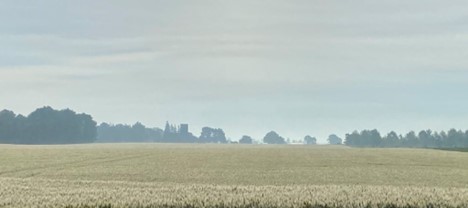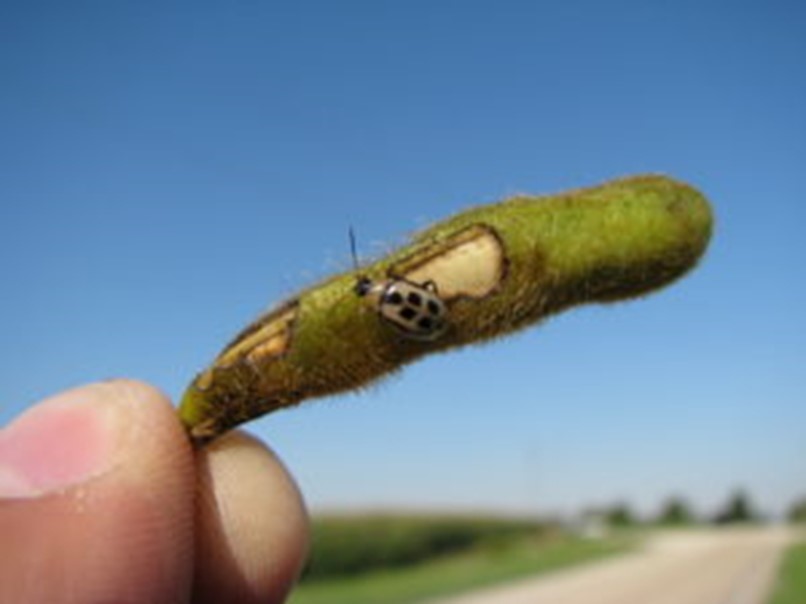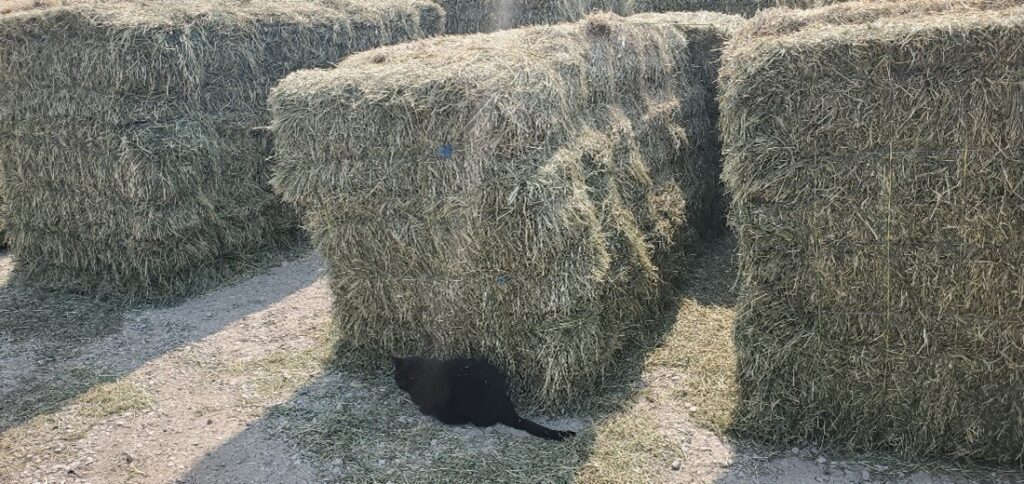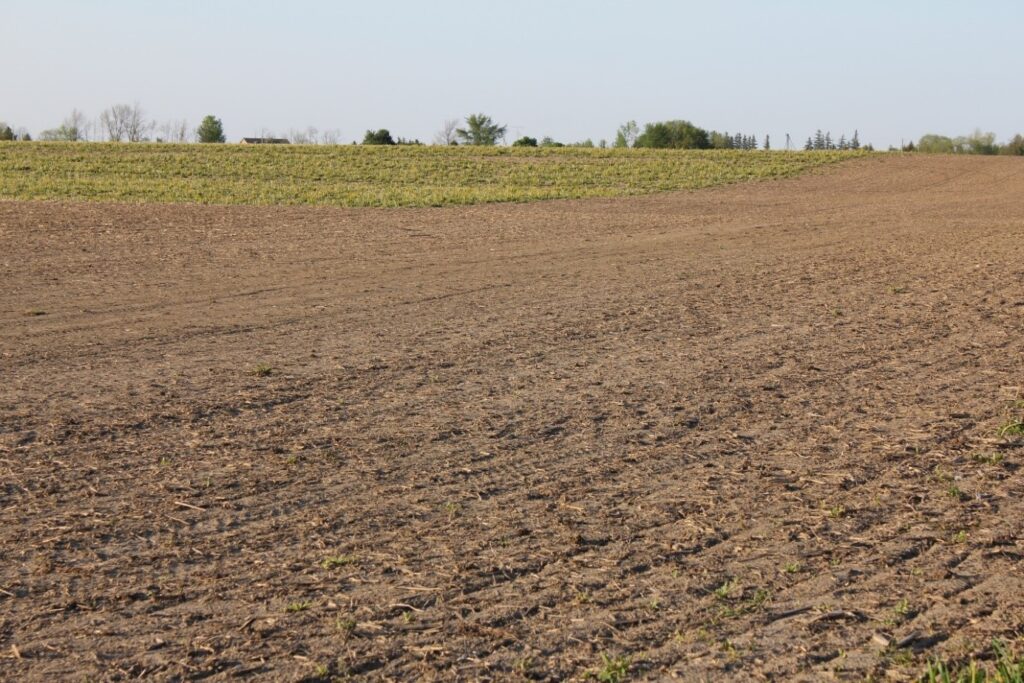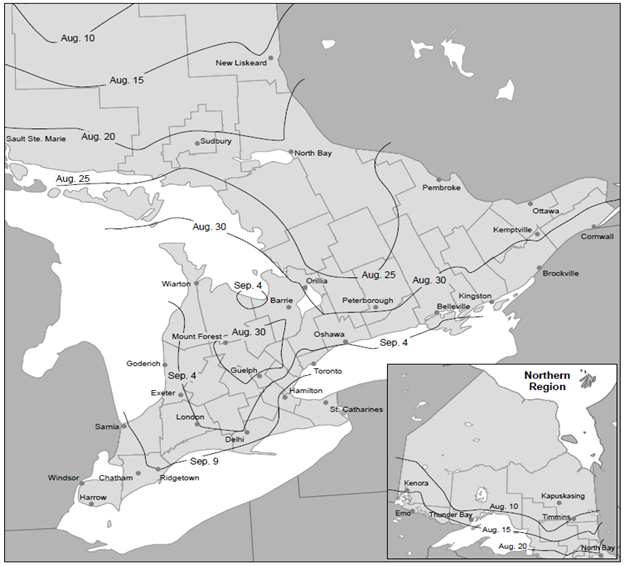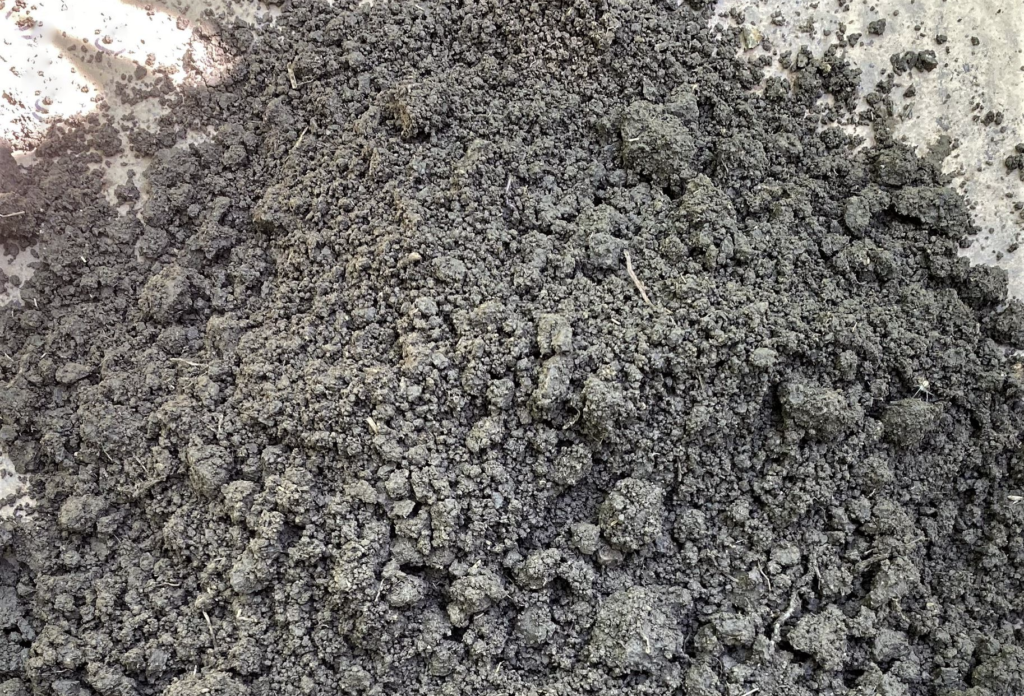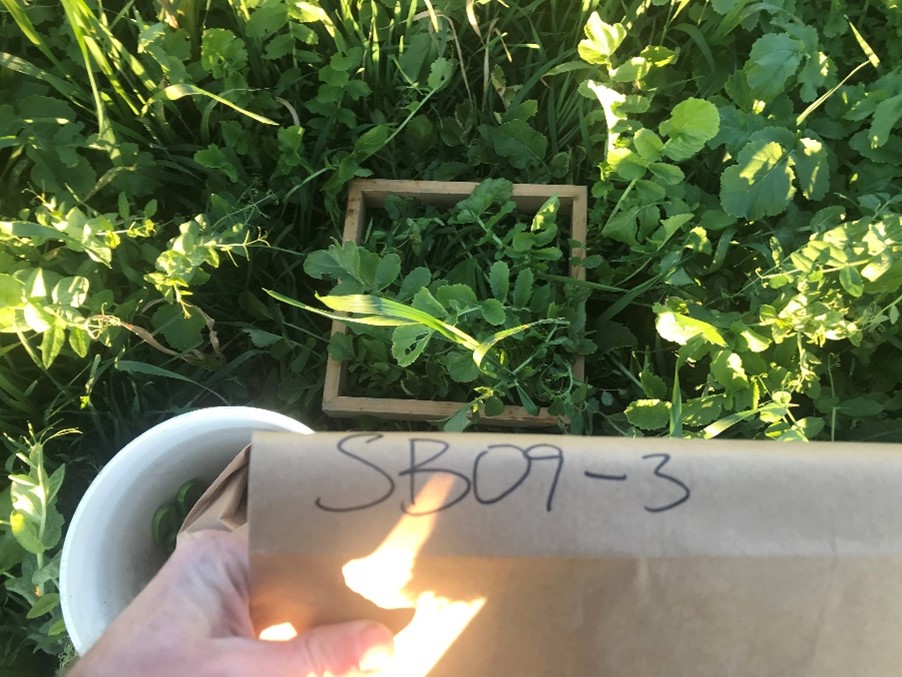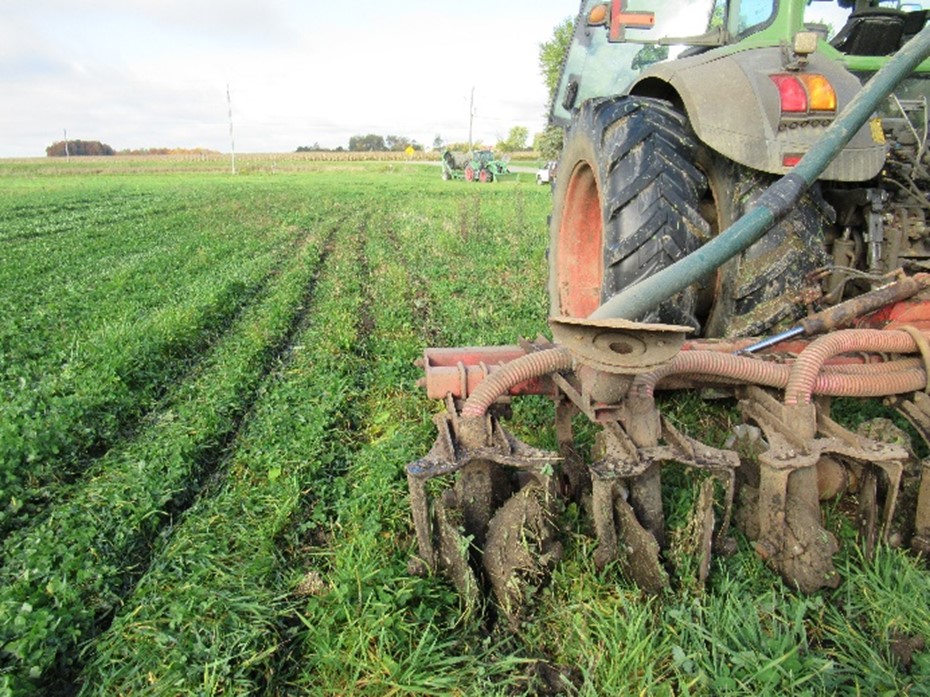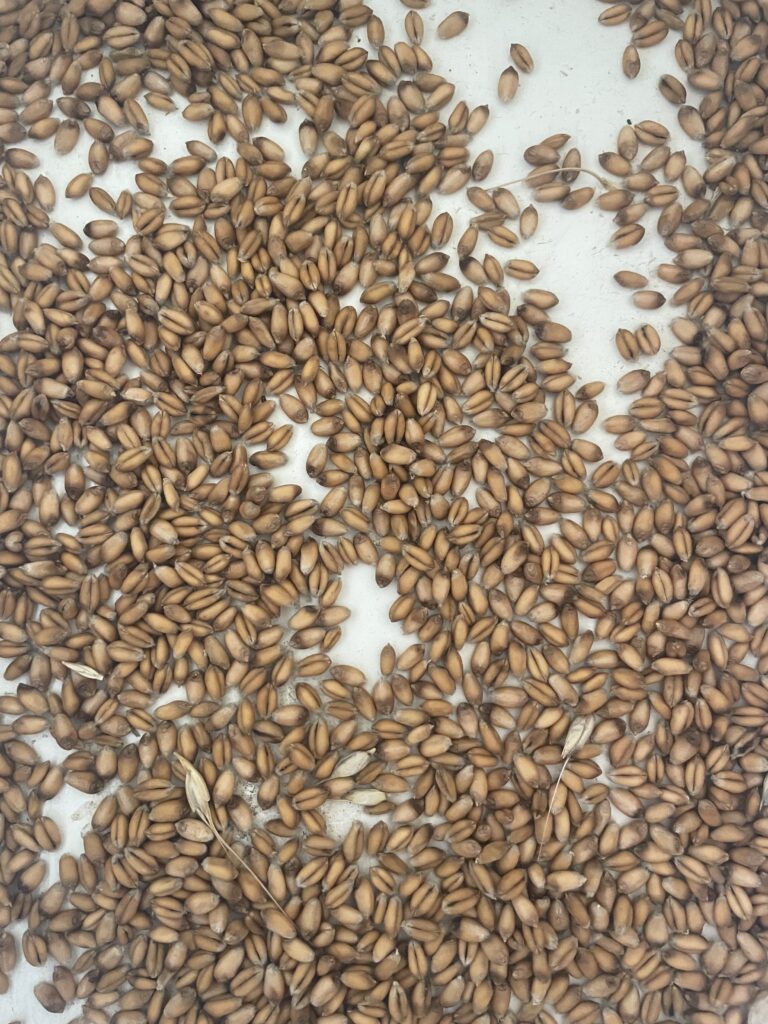Crop Conditions – Week of April 22, 2024
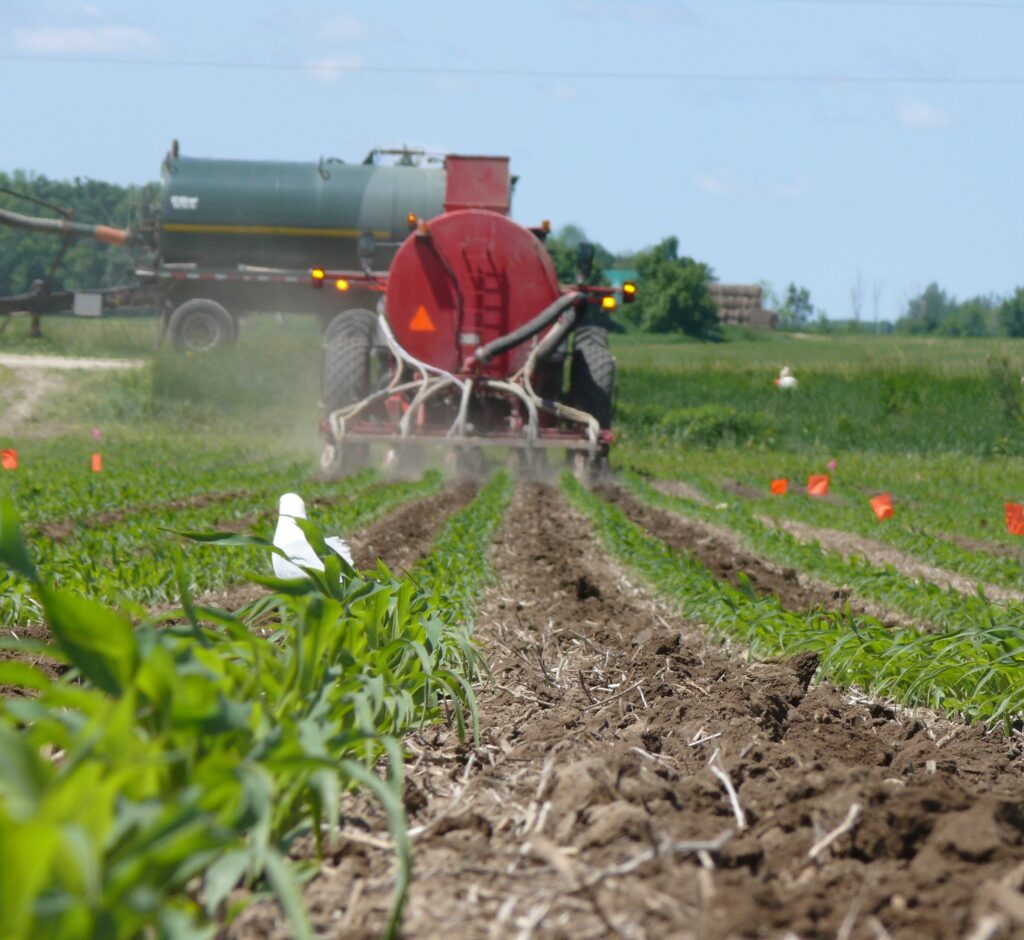
Field Conditions Light rains and cool temperatures this past weekend and early this week slowed field drying and limited opportunities for early planting of field crops. While it is generally too wet for field work, conditions are variable depending on rainfall received. The remainder of this week was mostly sunny, but expectations are tempered by […]
